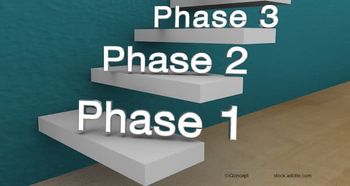
Ranibizumab ramps up visual acuity in AMD
Intravitreal ranibizumab improves visual acuity and anatomic changes in AMD.
Intravitreal ranibizumab improves visual acuity and anatomic changes in AMD, reveals a paper in the journal Retina.
The retrospective review, led by Dr Masaaki Saito, Department of Ophthalmology, Fukushima Medical University School of Medicine, Fukushima, Japan, involved 40 eyes of Japanese patients with AMD. Each person was treated with 0.5 mg/0.0f ml intravitreal injections of ranibizumab. All results were compared with 52 eyes in a control group and all patients were followed-up for a minimum of 12 months.
In the ranibizumab group the mean logarithm of the minimum angle of resolution for best-corrected visual acuity was compared between 22 AMD patients and 18 polypoidal choroidal vasculopathy patients. The results presented an improvement from 20/29 and 20/28 at baseline to 20/24 and 20/24 at month 12, for the AMD and polypoidal choroidal vasculopathy patients, respectively. In the control group it was 20/24 and 20/25 at baseline and changed to 20/30 and 20/34 at month 12, respectively.
Central retinal thickness was reduced from 262 ± 105 μm at baseline to 187 ± 62 μm at month 12 amongst ranibizumab patients. Intravitreal ranibizumab maintains and improves visual acuity and anatomic changes in AMD patients with visual acuity better than 20/40.
The abstract can be found by clicking
Newsletter
Get the essential updates shaping the future of pharma manufacturing and compliance—subscribe today to Pharmaceutical Technology and never miss a breakthrough.









































